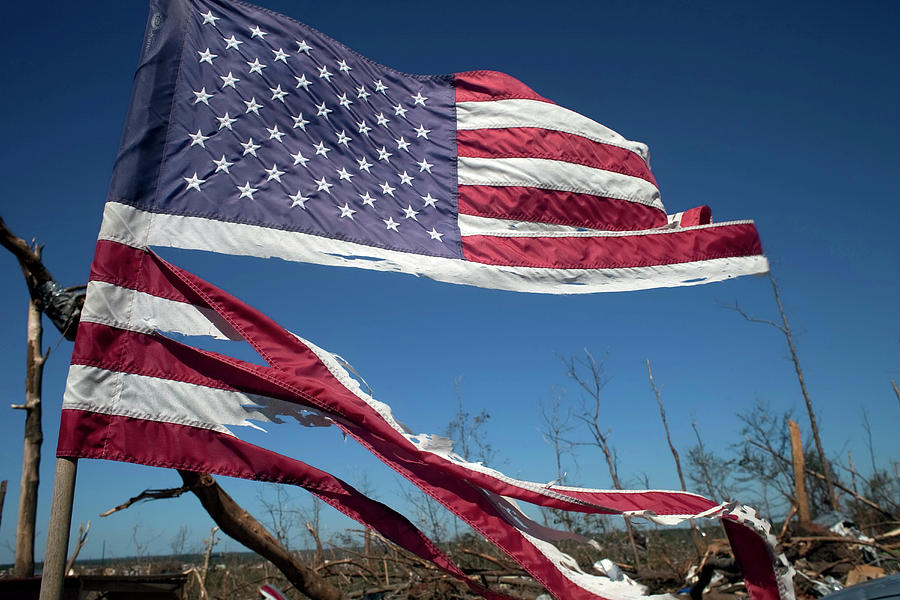*sailingThough there are always rumors of some person or family saying to England, France or even to America in a desperate bid to get home.
*TheseThey wagons have proven of mixed effectiveness, being largely effective against less developed factions but their slow speed and large size making them vulnerable to heavy weapons fire and explosives.
*poweredAs for powdered flight, those prop-driven planes that remained in Tucson were one of the first targets hit by scavengers, and most were too complex to even consider maintaining.
On a side note I'm quite surprised there is no mention of drones or gliders.
The first ones are relatively resilient, with the most complicated items being integrated circuits- but those are already quite strong due to the application they are used in.
Even a very simple amateur drone (both helis and pizza box planes) being charged over a whole day, if it made a few shots (not even live streaming) and downloaded on a smartphone or tablet (both also low voltage applications) would be of immense use in warfare and agriculture.
There are also compressed air engines whose tanks can be filled by hand/leg pumps for a few minutes of flight.
Gliders (or paired with air engines) could likewise be used very locally (launched from hills) for a similar purpose as drones, or as a defensive/scouting measure.
Just a few hundred meters up for a few minutes, and you could spot anyone trying to reach you days in advance.
Though I suppose as mentioned hot air balloons would be a safer and more permanent solution.
Road proliferation will be massive, and a great boon to trade the likes of which both bronze and iron age did not see IRL.Huh. You mentioned rough terrain in the land section, but have more developed countries, my thoughts would be Egypt and Crete mostly, been experimenting with road design? How does one build a cost-effective road for chariots and wagons, and how much can uptime innovations help there.
King road drag
